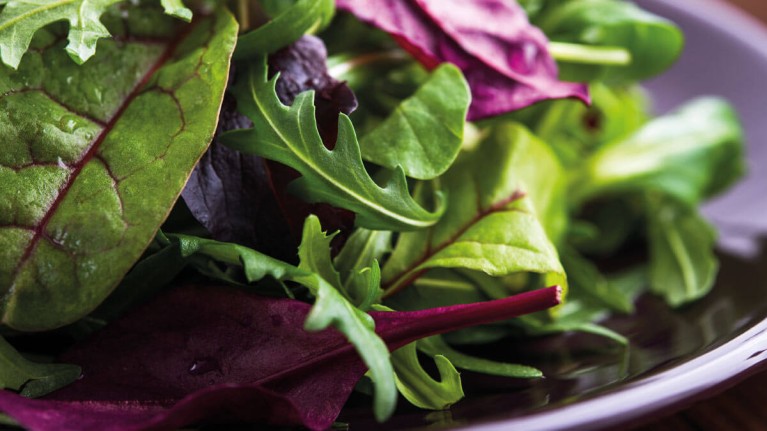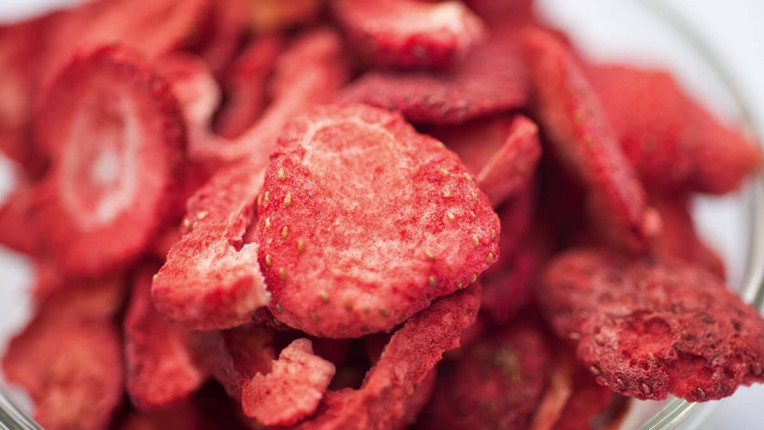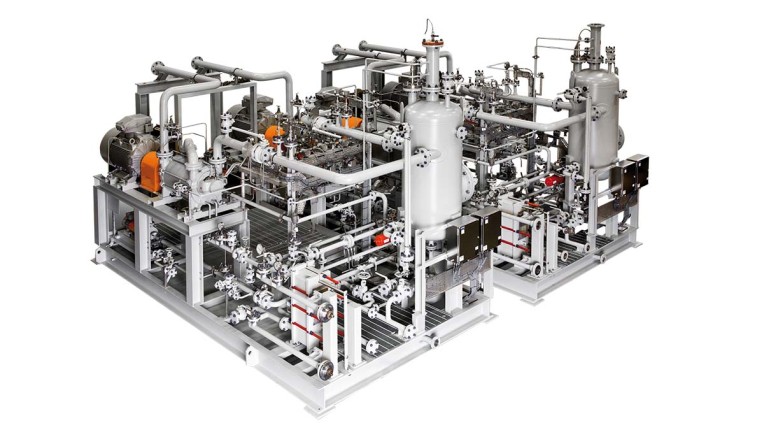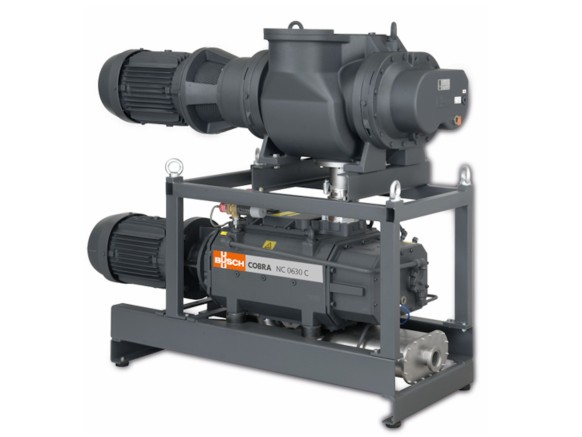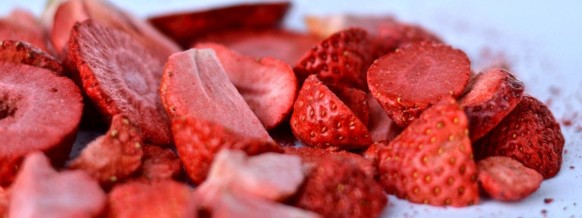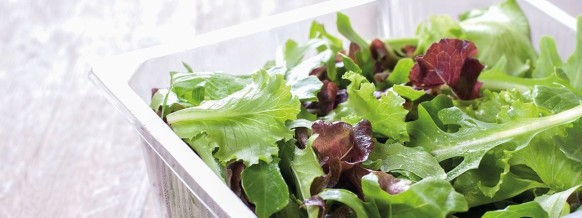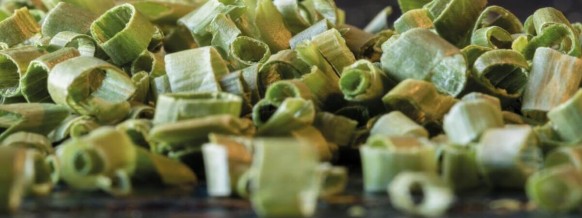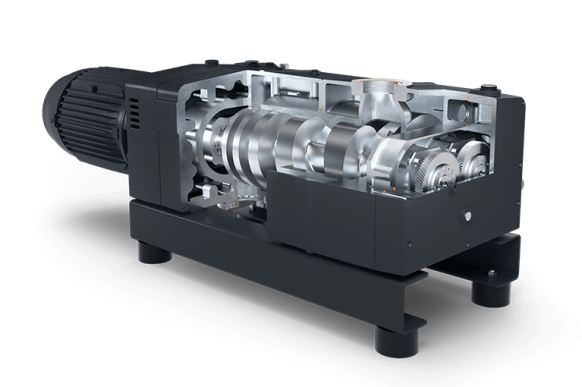How does vacuum drying work?
Vacuum drying is used in many industrial sectors to dry substances fast, gently and energy-efficiently. The liquid contained in the processed materials is evaporated by pressure reduction and extracted as vapor.This technique is therefore particularly suited for drying of sensitive products that would be destroyed or degraded if being dried by means of heat. For example, chemicals, pharmaceuticals or foodstuffs.
Moreover, vacuum drying is the procedure of choice for drying of products with a large surface area. Such as plastic granules or other hygroscopic materials and industrial components.
